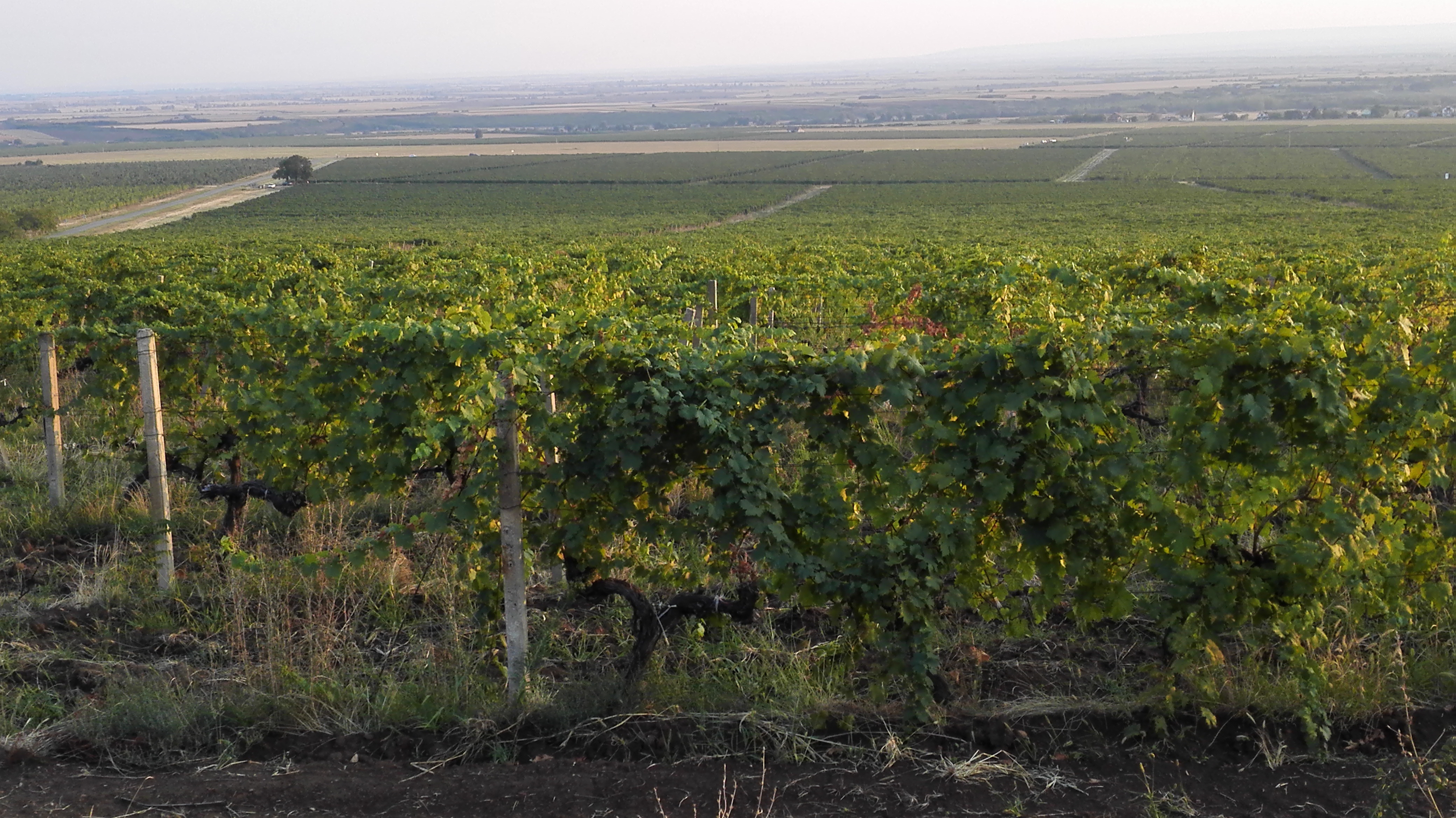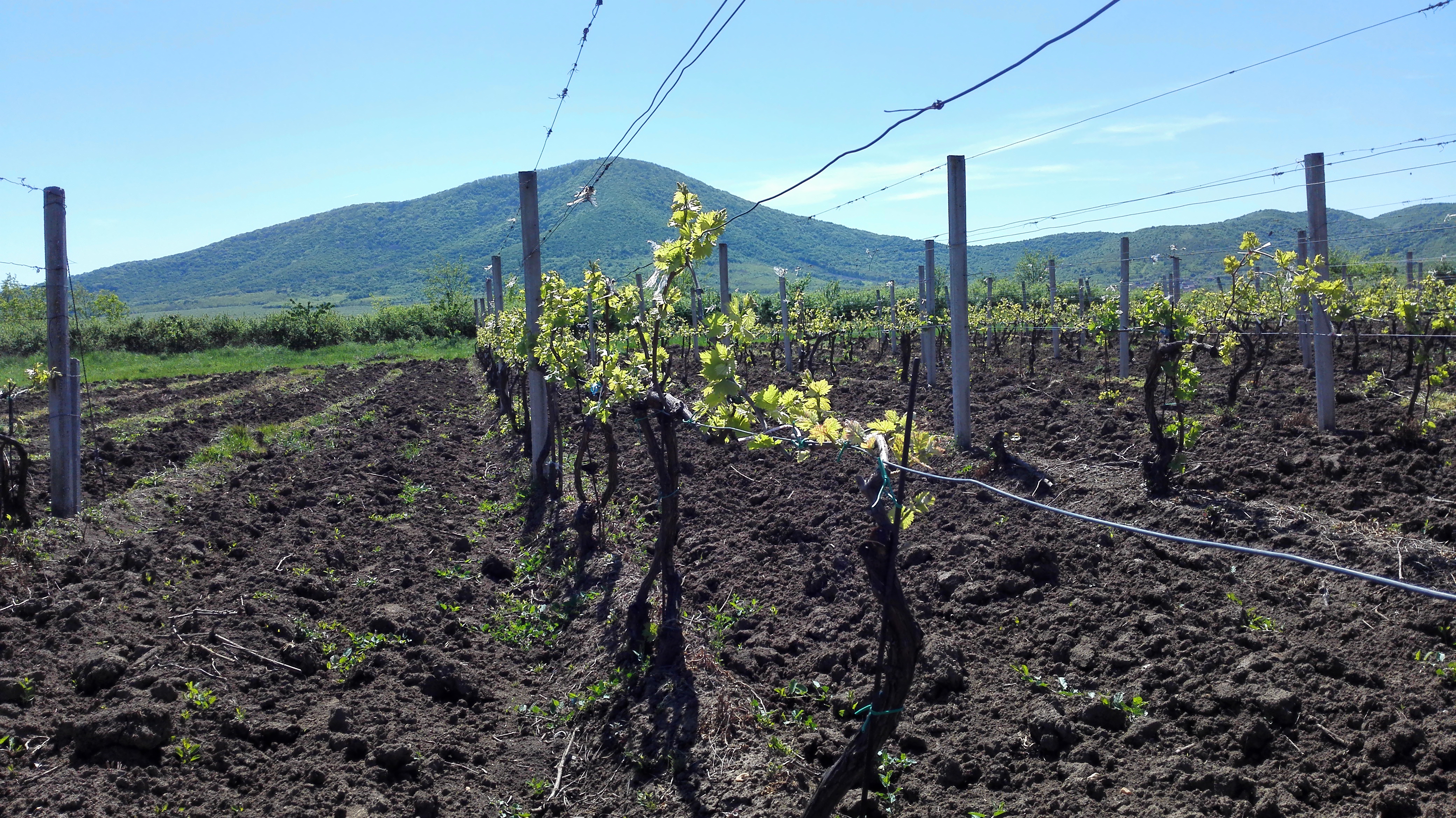Wine regions
Wine regions / 01/22/2019 / 1592
South Banat wine region spreads on the slopes of Vršac Mountains and in the area of Deliblato Sands. It consists of 3 sub-regions: Vršac, Bela Crkva and Deliblato Sands, the largest of which is Vršac.
Based on 2012 data, there are 1,731 hectares of vineyards in South Banat region, with the largest areas under the vineyards on the territory of Vršac municipality.
Soil: The predominant soil types in this area are Vertisol and Chernozem, and to a lesser extent Sand and other soil types. There are also vineyards on the soil locally called "black sand", which is a mix of sand and chernozem. The vineyards extend at an altitude of 90 to 220 meters, mostly in the plain and on the gentle slopes of Vršac mountains.
The moderating factor affecting the microclimate is the proximity of the Danube River, while the wooded slopes of Vršac Mountains mitigate the effects of frost and annual fluctuations in temperature. The geographical isolation of the region in comparison to other vinegrowing areas has shown an advantage because it reduces the risk of spreading flavescens doree epidemic, so Vršac is the only part of Vojvodina (North Serbia) that has not recorded incidence of flavescens doree so far.
Grape Producers: In this region, 786 households own vineyards. The largest number of vineyards is located in the municipality of Vršac.
Varieties: Grašac, Župljanka, Rhine Riesling, Muscat Hamburg, Muscat Ottonel, Smederevka, Chardonnay, Rkatziteli, Blaufrankisch, Kreaca, Merlot, Pinot Noir
Interesting trivia:
- The year 1494 is particularly significant for the vineyards of Vršac. At that time, the wine of Vršac was served at the court of the Hungarian king Vladislaus II. The court paid 10.5 ducats for wine from Vršac. This information is also the first written mentioning of Vršac wine and vineyards.
- The production of sparkling wine in Vršac started in the period preceding the First World War. Otto Weifert made a wine warehouse and a sparkling wine factory at "The Queen of England" Tavern. The factory produced three types of sparkling wines: "sweet, brut and extra brut". Their products were popular among customers. However, the war caused the factory to cease production prematurely. The sparkling wine factory operated from 1914 to 1916. The production of sparkling wine was relaunched in 1920. Karl Hauser, vinegrower and winemaker from Vršac, bought a portion of the estate and both castles owned by cavalry officer Lazarević in the village of Veliko Središte in 1907. In the cellar of the old castle, he built a bottle warehouse where sparkling wines aged for 5 years. The cellar capacity was 100,000 bottles. To get the first-class sparkling wine traditional method, each bottle had to stay in the cellar for at least 5 years. There were 18 workers employed in this sparkling wine factory. The cellar produced sparkling wines until 1944.
- The vineyards of Vršac were once known for its Furmint wines. During the 19th century, the following varieties were planted in Vršac vineyards: Slankamenka (Madžarka), Kreaca (Temišvarka, Banat Riesling), Yellow Kadarka (Small Belina), Tamjanika, Smederevka (Bela Kadarka), Sylvaner (Zelenika), Furmint, Portogizac, Pinot Noir. In the twentieth century, state-owned cooperative Vršački Vinogradi also owned Furmint vineyards. Unfortunately, as early as 1996, Furmint in Vršac vineyards could only be found sporadically.




Tomislav Ivanović
Awarded wine writer, wine critic and contributor to selected wine magazines. WSET3-certified author and editor-in-chief of www.vinopedia.rs. Member of Vojvodina Sommelier Association. Juror in national and international wine competitions. Lecturing about wines of Serbia and the Balkans. Local partner of Wine Mosaic organization. Co-founder of International Prokupac Day.

Pročitajte i druge članke iz ove rubrike:


SEVERNA METOHIJA
PROČITAJ VIŠE


VRANJE
PROČITAJ VIŠE


NIŠ
PROČITAJ VIŠE


KNJAŽEVAC
PROČITAJ VIŠE


ŠUMADIJA
PROČITAJ VIŠE
Winner MILLESIMA BLOG AWARD 2016

Pobednik MILLESIMA BLOG AWARD 2016
VINO & FINO wine personality of the year 2016

VINO & FINO vinska ličnost godine 2016